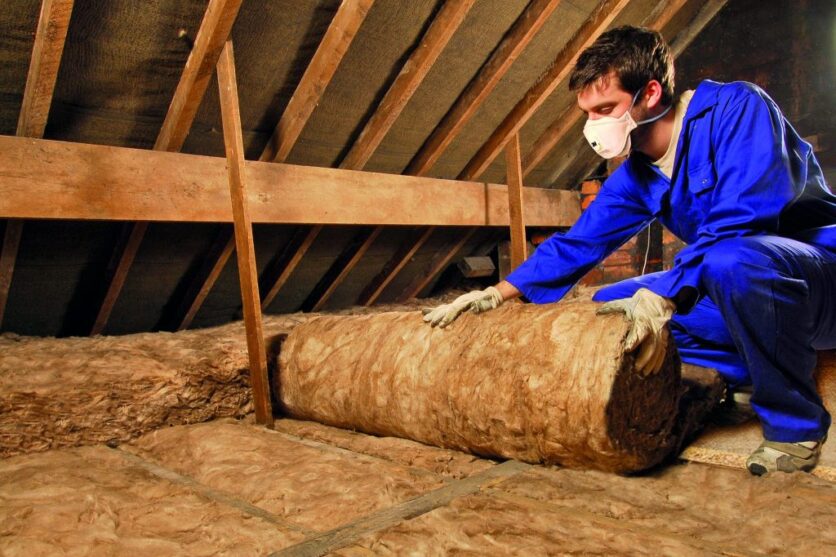As the days get shorter and temperatures are starting to drop, it feels like winter is well and truly on the way. What better time to think about making your home a little warmer.
It’s probably too late to take on a major upgrade this winter, but there are still smaller more straightforward insulation jobs that can be completed in 1 or 2 days.
Starting with roofs, I always tell my clients that if you have a poorly insulated attic this is probably the easiest and most cost effective insulation upgrade you can make. It’s surprising how many attics I pop my head into and only find 100mm of glass wool between the joists. Upgrading this to 300-400mm deep will reduce heat loss by almost 4 folds and it is a relatively straight forward DIY job, if a little unpleasant or a morning’s work for a contractor. Things to consider if you are doing it yourself; most older attic spaces need to be ventilated to remove any moist air that makes its way up there and avoid it condensing when it cools. This is typically done via vents at the eaves or tile vents. When you are fitting mineral insulation, don’t compress it. It is actually the air trapped between the fibres that is providing the main insulation value. So any items stored in the loft will need to be put on a raised deck.
Other roof types, like sloping ceilings, often found in a dormer bungalow or flat roofs are a little trickier and need a more specialist solution.
Making up another large proportion of your heat loss will be the walls. If you are fortunate enough to have cavity walls, these can usually be easily upgraded. Once a contractor confirms their suitability, polystyrene bead insulation is pumped in through a series holes drilled in the outside of the walls.
SEAI offer individual grants of €1,500 for attic and €1,800 towards cavity insulation, (detached house).
Older properties, pre 1930s (but sometimes as recent as 1960s) are likely to have solid hollow block, stone walls or other single leaf construction. These need more advanced insulation solutions, such as external or internal wall insulation.
Poor performing windows and doors can also lead to a lot of heat loss, particularly if they don’t close properly and let cold air in. Replacing old windows completely is a big and expensive job, ff you haven’t got the budget for modern triple glazed window there are options to improve your existing windows without replacing them completely. Draught proofing is a simple measure to reduce air leakage. You could also get a professional window service to make sure all the hinges and locks are correctly adjusted so the windows close properly. With some older window frames, particularly wood, it may be possible to change the glass and keep the frame. You will, however, be limited by the space available for the glass and even with special slimline glass you won’t get quite the same performance as a new window.
Talking about draughtproofing, unwanted heat loss via air leakage occurs all around the home. Typical locations include; around attic hatches, windows and doors and penetrations where plumbing and electrics come through. You can probably do a lot yourself with a can of expanding foam and a roll of draught excluder. Open chimneys also create a big draught, not to mention their inefficiency when burning fuel. Think about fitting a stove instead or blocking it up completing. You could also use something like a chimney balloon, or an old pillow as a temporary seal that you can take out when you want to light a fire.




